This advance could be important for fighting lung cancers, as symptoms often appear too late for effective treatment.


This advance could be important for fighting lung cancers, as symptoms often appear too late for effective treatment.
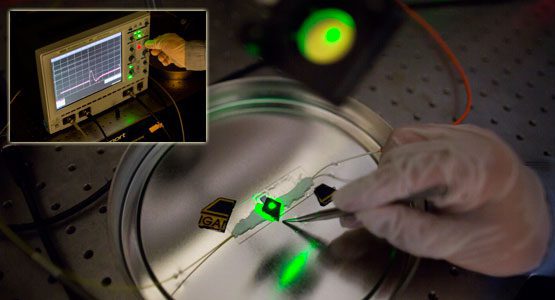
U-M researchers demonstrated a unique terahertz detector and imaging system that could bridge the terahertz gap.
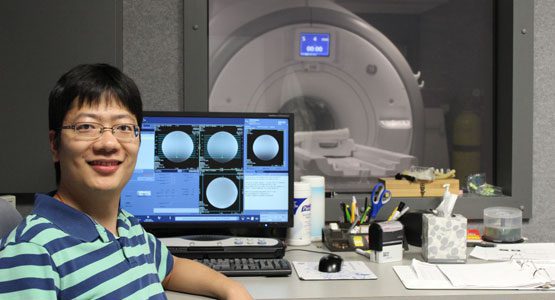
Hao’s research is focused on improving the quality of images from magnetic resonance imaging pulse design.

Mai has served as Community Service Co-chair of the Graduate Society of Women Engineers since arriving at Michigan in 2011.
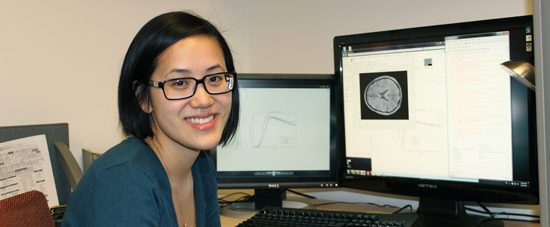
The research group is using statistical signal processing to create crisper images with only 20% of the data required by a traditional MRI scan.

Nataraj is using big data techniques to transform the field of medical imaging
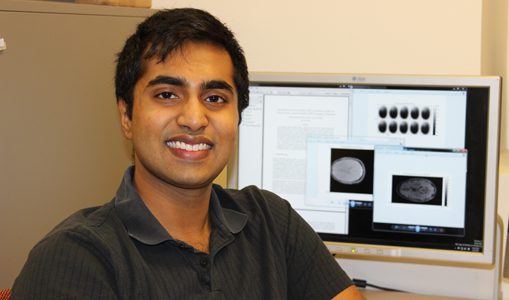
Nataraj’s research aims to generate higher-quality and faster MRI images, resulting in improved diagnostics of neurological disorders and autoimmune diseases.

Their technique utilizes backscatter analysis to construct “perfectly transmitting” wavefronts.
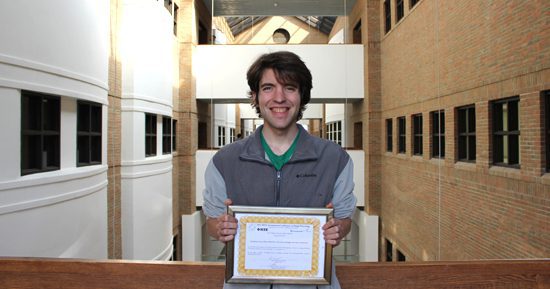
The method they developed compares favorably with the best of current techniques, while being faster and easier.
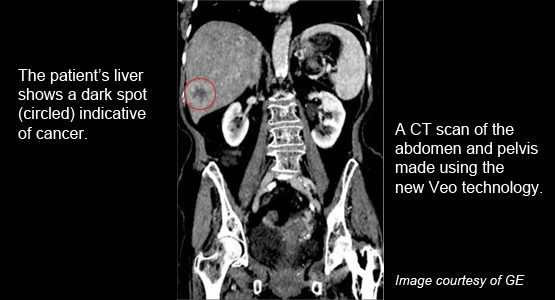
“We’re excited to be adding Veo to the measures we already have in place to ensure that we get diagnostic images using the lowest amount of radiation possible.”